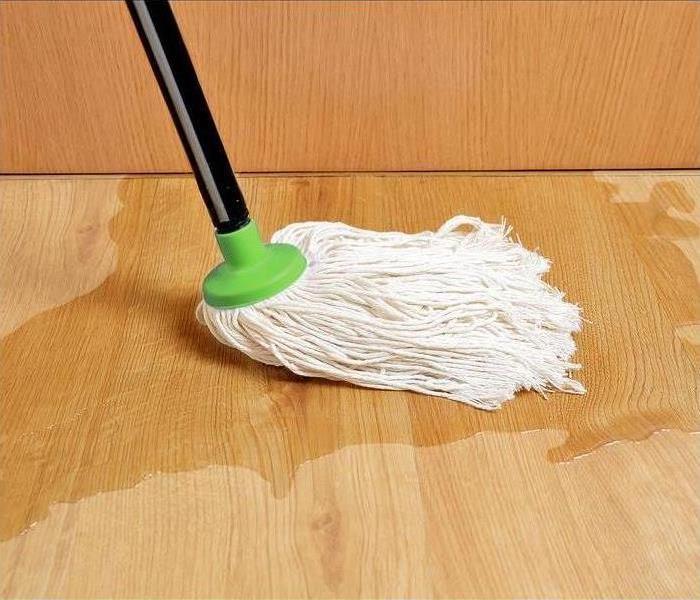When Your Home Needs Water Damage Repair
5/17/2019 (Permalink)
How Water Damage Occurs
Water Damage occurs for any number of reasons and sometimes it goes on long before you notice it. The most common ways in which water damage occurs are the following:
- Pipes – Leaking, burst, or cracked pipes are common in homes, especially older homes where pipes might need replacing. Spots with prior repairs are more susceptible to future damage with time and use. Weather changes and weakened areas of pipe can all lead to water damage in your homes.
- Flooding – Flooding whether caused by heavy rain, plumbing failures, or groundwater exposure, causes extensive damage and affects many surfaces and items in your home from the floor to ceiling including electrical outlets, TV’s and appliances, and furniture.
- Basements and Crawlspaces - Accumulating water can sit and collect in damp and cool places like a basement or crawlspace.
Results of Water Damage
Even the smallest amount of water damage can lead to deteriorating housing materials and fungal growth like mold. Mold loves to multiply in damp, moist, and dark locations. Areas in your home that were not properly cleaned and dried are perfect hosts for mold. Humid locations are especially susceptible to mold growth. Mold spores are also airborne, spread quickly, and can cause health effects.
You Have Water Damage. Now What?
First, when accessing if you should attempt water damage repair before calling a professional also determine whether it is safe to remain in your home. The biggest concern is your electrical system and the potentials for injury from slipping. Then,
- The sooner you clean the better. If the water damage is manageable and your safety in check, begin the clean-up process right away.
- Water is heavy. Removing water logged and soaking wet items is a laborious task, therefore be aware of your own abilities and safety when removing wet items.
- Leave your vacuum in the closet. Your household vacuum is not equipped to handle water removal. Use a mop and bucket, or another absorbent cloth, to soak up and dispose of the water manually. Blot rugs and furniture with absorbent material to soak up the water.
- Hang up those wet fabrics. Leaving any fabric material soaking in water is a fungus breeding ground. Remove cushions, curtains, blankets, and throw rugs to dry elsewhere.
- Keep those appliances and electronics off. Your electronics could have water damage where you cannot see it.
- Clean up. Clean up and remove everything from the waterlogged area that isn’t bolted in place.
Leaving any water damaged areas unrepaired leads to further damage and toxic living situations.
Lastly, call a well-trained water restoration professional with industrial equipment to ensure water damage repairs happen immediately and properly. A water damage professional handles the entire repair process from removing the water to ensuring everything in your home is dry; preventing mold growth and further material damage, protecting your health and making your home safe again.





 24/7 Emergency Service
24/7 Emergency Service
